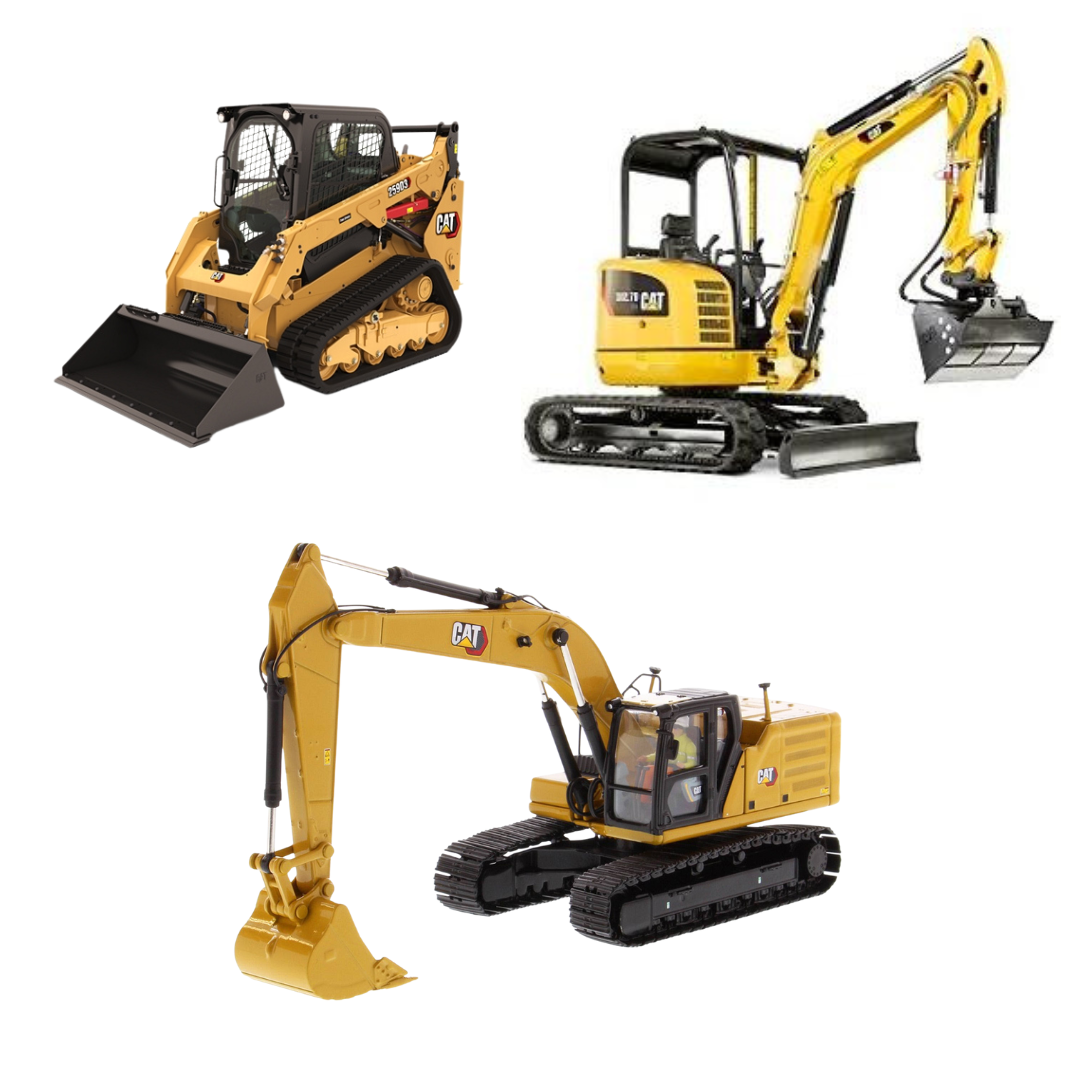Optimize Your Budget Plan by Understanding the Prices Connected With Building And Construction Tools Services
Comprehending the complete extent of costs associated with building tools services is essential for optimizing your spending plan. What strategies can be employed to efficiently handle these prices and make certain a more efficient rental experience?
Summary of Rental Prices
When thinking about construction devices rentals, comprehending the linked expenses is extremely important for efficient budgeting and task planning. Rental prices can vary dramatically based on a number of factors, including tools type, duration of leasing, and area. The initial rental charge typically mirrors the equipment's market demand and its associated operational abilities, affecting the general expenditure.
Along with the base rental rate, secondary costs may emerge, such as transportation charges, gas additional charges, and maintenance fees. It is necessary to account for these extra costs to properly assess the overall expense of leasing tools. Furthermore, the rental period can affect prices; longer services might receive discounted rates, while short-term leasings may sustain greater day-to-day charges.

Break Down of Rental Rates
A comprehensive understanding of rental rates is crucial for professionals and task supervisors aiming to enhance their budgets. Rental prices for building and construction devices usually contain several parts, consisting of base rates, time-based charges, and use charges.
Base rates are the core costs related to the rental of the tools, commonly identified by the type and dimension of the machinery. These prices can vary significantly, affected by elements such as tools demand, availability, and local market trends. Time-based costs, which may be daily, weekly, or monthly, offer to accommodate different job timelines and rental periods.
Furthermore, rental prices may consist of usage costs, which apply when equipment is used beyond a defined limit, making sure that the rental company can represent wear and tear. Seasonal demand variations can likewise influence rental rates, with peak building periods usually regulating higher rates.
Moreover, comprehending the rental firm's policies relating to upkeep and insurance coverage can give further understanding right into the overall expense structure. By analyzing these elements, service providers can make educated decisions, ensuring the choice of rental tools aligns with both task requirements and spending plan restraints.
Extra Costs to Consider
Recognizing the complexities of added fees is vital for professionals to handle their overall service expenditures properly. Past the basic rental rates, various additional costs can dramatically affect the overall cost of equipment rental. These costs typically include shipment and pickup costs, which can vary based on distance and logistics involved in transferring the tools to and from the task website.
Additionally, some rental firms may impose gas additional charges if the equipment is returned with less gas than when rented. It is also vital to know possible cleansing fees, especially for specific equipment that needs thorough maintenance after use.

Thoroughly examining the rental arrangement and clearing up these additional costs upfront can aid specialists avoid unforeseen costs and make sure that budgets stay undamaged throughout the job lifecycle.
Repair And Maintenance Expenditures
Regular repair and maintenance costs are usually ignored variables that can considerably affect the overall expense of building and construction equipment leasings. When renting out equipment, it is important to take into consideration not only the rental fees however additionally the potential expenses connected with maintaining the machinery in optimal operating condition.
Lots of rental firms include basic maintenance as component of the rental arrangement; nonetheless, more unforeseen malfunctions or considerable repairs can lead to additional costs. It's necessary to evaluate the rental contract very carefully to understand what upkeep services are covered and what duties fall on the occupant.
Moreover, equipment that is not well-kept can bring about inadequacies at work site, potentially increasing and causing delays task prices. To Discover More Here minimize these threats, it is a good idea to carry out routine evaluations and maintain open communication with the rental service provider regarding any concerns that emerge throughout use.
Insurance and Responsibility Prices
Insurance coverage and obligation costs are critical elements that can considerably impact the total cost of building equipment services (forklift rental). These expenses ensure that both the rental firm and the client are shielded from prospective financial losses emerging from mishaps, damages, or theft throughout the rental period

Additionally, clients need to recognize any type of deductibles or exemptions in the insurance policy, as these can impact potential out-of-pocket expenditures. Recognizing the terms of any insurance policy protection is essential to avoid unanticipated prices. Ultimately, budgeting for insurance coverage and liability costs can aid ensure a smoother rental experience and safeguard against financial risks connected with building and construction tasks.
Final Thought
In conclusion, a thorough understanding of the prices connected with building devices rentals is crucial for efficient budget plan monitoring. Eventually, informed decision-making pertaining to devices leasings contributes to the overall success of building and construction ventures.
Rental costs can differ dramatically based on a number of elements, consisting of equipment kind, period of leasing, and area (equipment rental company). The rental duration can impact prices; longer services may certify for discounted rates, while short-term rentals could incur greater daily costs
By performing complete study and engaging with trusted rental companies, service providers can effectively browse the intricacies of rental prices, inevitably maximizing their financial Clicking Here sources.
Past the conventional rental prices, various extra charges can considerably influence the complete cost of tools leasing. Rental why not find out more business often offer responsibility insurance policy that covers injuries to third events or damages to home, while tools damages insurance coverage can cover the expense of repair services or substitute if the rented out tools is harmed.